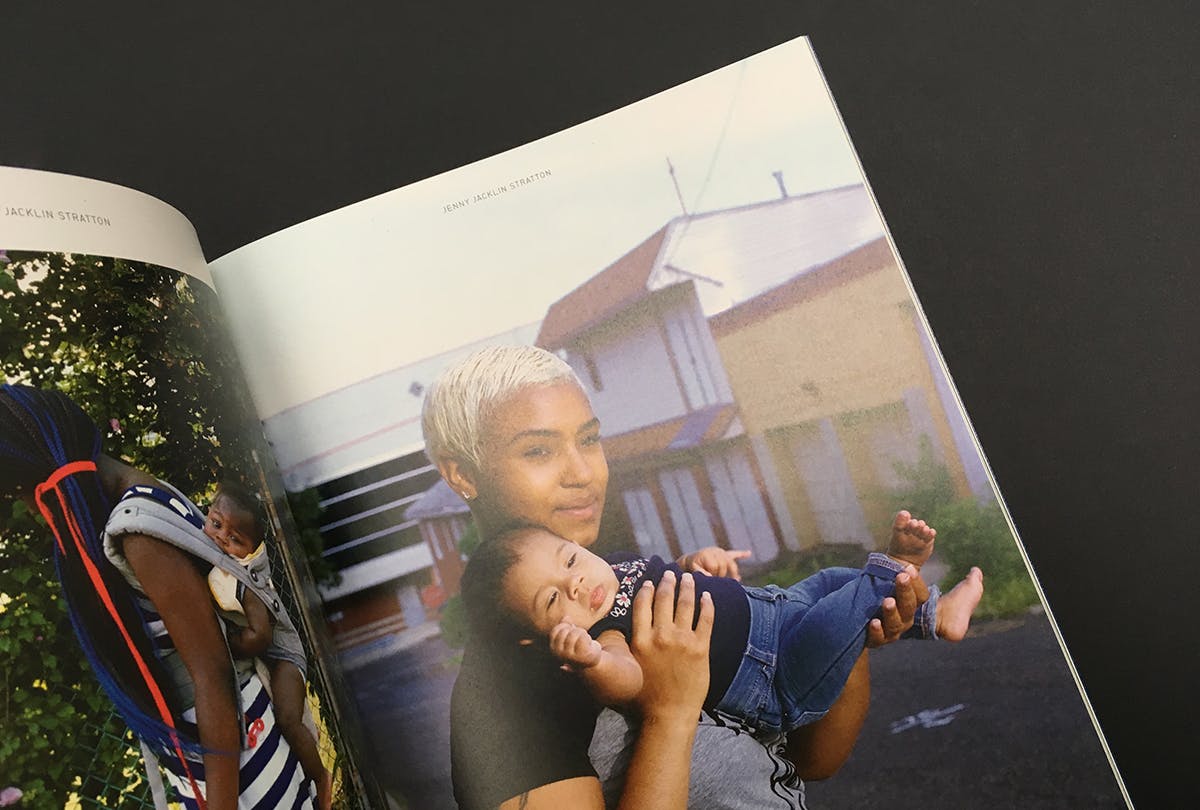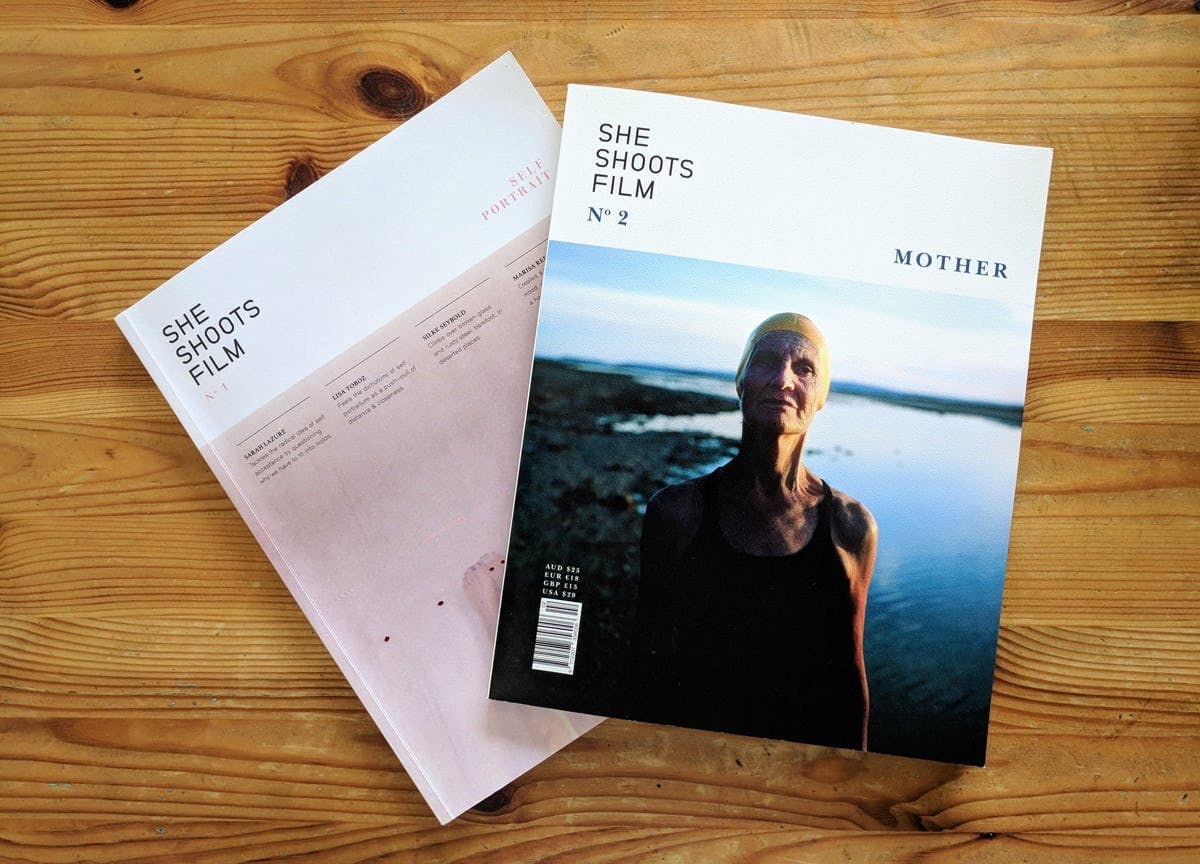She Shoots Film showcases analogue photography by women
Analogue photography and the female gaze meet in She Shoots Film magazine. Published out of Melbourne, it wants to provide a space that solely platforms female photographers and their stories. In the personal essays and candid interviews of the second issue, you’ll read about a spectrum of experiences to do the theme of motherhood. One photographer adjusts to life with a newborn; another writes about the healing power of photography to help her reconcile with a mother who abandoned the family.
It is filled with conversations on the way women photographers interpret the world around them, exhibiting a visual history that is too often underrepresented. We talk to editor-in-chief Aliki Smith to find out more.


‘Mother is the theme of this issue. How has becoming a mother influenced the way you photograph?
Motherhood initially altered my relationship to time significantly. In the early stages of motherhood, my practice declined, but then it really picked up once I felt both more settled in my role as a mother and conversely less settled in myself. A couple of years into being a mother, I felt an internal drive, a push to really use photography as a tool to express. To try and express all the beauty I could see in childhood, but to also express the inner turmoil I was experiencing in my sense of self.
Why did you want to make a magazine about film photography by women?
I’d been passionate about women in film photography for some time and became increasingly interested in providing images and photographs made by the female gaze to a greater audience. For me, it wasn’t enough to see images made by the female gaze dispersed among a sea of images made by the male gaze or to purely view them on a screen. There was a necessity to provide a space to solely platform the female gaze, both in image and writing, to make women’s experiences visible.


You say that the issue presents artists who “do not look away”. Can you tell us about one or two of them?
Issue two presents us with a strong array of artists who approach the theme of mother mostly from a very personal place. Aletheia Casey’s cover photograph is of her mother. She says her work is about her “vision of love, the possibility of loss and what it means to be tied by blood and history. It’s about familial bonds, how we are tied to the land and the places we belong. Ultimately it’s an exploration of my changing identity within my own family and documents the fear of loss that great love can bring.”
Giulia Bianchi has been interviewing Roman Catholic women priests since 2013, those who have been excommunicated by the Vatican because they have disobeyed a canon law that specifies that only a male can be ordained as a priest. Her passion and belief in the importance of feminist spirituality is evident in her photographic work, but also in her presentations and unrelenting commitment to document.


What’s the most surprising thing about mothers that you learned in making the issue?
The issue offers multiple perspectives and experiences on the theme of mother, and in each one, you discover strength, even in vulnerability. In ‘Constellations’, the first piece in the issue, Ruby Berry reveals that “the best part of motherhood was not besting the behemoth of risk, but embracing it. Even if it screamed and rejected and hurt you.” ‘Mother, Me’, by Jenny Jacklin Stratton, is a participative project using photography, writing and thread to explore motherhood with teenage mothers in residence. I think I learned what I had suspected: mothers cannot be contained, no matter how hard we may try; they cannot be boxed up and labelled.
Lastly, do you have any advice for aspiring magazine makers?
Curiosity, determination and perseverance are all qualities that will hold an aspiring magazine maker in good stead. Your subject matter needs to be something you feel connected to. When you spend months on an issue or volume, curating, editing, dissecting, constructing, and polishing, you need to be able to stay present, engaged and objective. Independent publishing can be a hard slog, so planning, teamwork, pacing yourself and learning every step of the way will refresh you at critical points. The beauty of it is that you are creating something tangible, a physical artefact that has the potential to live on in the world for a long time.
—
Receive an interesting independent magazine every month — sign up to Stack and we’ll send you our favourite magazines




